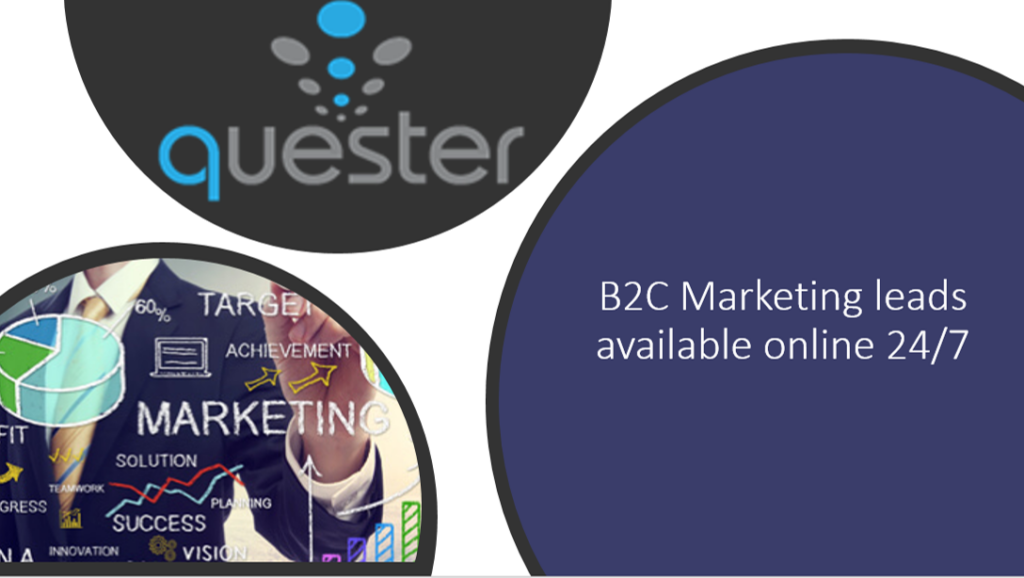Whether it’s a product or a service, or an Online Platform into the market place, like our Quester Online Marketing Portal, there appears to be 2 very different points of view when it comes to delivering it to the market place.
Many believe in extensive product planning that lay out what the company intends to do going forward and attempt to foreshadow outcomes including, but not limited to, financial analysis that make a certain number of assumptions of how the market may react to their product or service. These assumptions often are made in a boardroom and over many hours, days and months of discussions.
Many others, including aggressive entrepreneurs, argue against this path saying “there is no point planning simply because we are unable to predict what the market wants with any degree of certainty. The speed of which the market changes as well makes it difficult to plan.” A view, we share here at Global Data, when we were developing and launching Quester.
It is said to create new products and services that the market highly desires, they say test the idea or the concept through Beta pre-releases or prototypes or by releasing a version of the product with just the ‘right amount’ of features. With Quester, we did exactly that. We released the product fairly “Raw”, with basic functionality, but enough to show the market place, what it was that Quester could actually deliver, with the knowledge, that the “Bells & Whistles” would be coming in due course, which are being seen at the moment by Quester users.
If the product or service doesn’t do as well as expected, companies have not wasted valuable time and money any further with the “Status Quo” of the development. Lessons are then learnt from the disappointment that can be analysed to ensure the same mistakes are not carried forward with future ideas or products and services.
In our opinion, neither is the only way or the right way. “There is merit in planning and anticipating what the market may want. However, planning need not devour whole development teams for lengthy or protracted periods.” Plans should always be flexible and should direct companies or businesses through various challenges or obstacles. Assumptions made whilst planning can also be tested in market before any activity commences, but we do not have to “Live and Die” by our plans, or waste our entire Cash-Flow on product planning.
There is noteworthy merit in prototyping Beta pre-release products with minimum viable features to understand the opportunities for success. Anticipation about consumer problems and needs and how these can be solved will be gained through the process of “Trial & Error.” Customer feedback is usually attained instantly and opportunities to correct are present. As was the case with our product, Quester. It developed quicker with immediate customer feedback.
Many passionately adopt one method over the other. This, in our view is not good product development practice, as this means that good development learning tools are discarded when in fact, different product or service situations are required at different times.
Basically, doing a mixture of both is more effective, bearing in mind cash resources for prolonged planning can cause depletion of cash reserves and other issues of competitors capturing the market with a similar product and gaining a massive head start. We plan to a certain degree, but when a great deal of assumptions enter the boardroom, we immediately shift our development over to the test and trial path, to turn those assumptions into fact.
Stay tuned for more of our products being released shortly such as Caspar and our Quester Analytics Engine (QAE)



